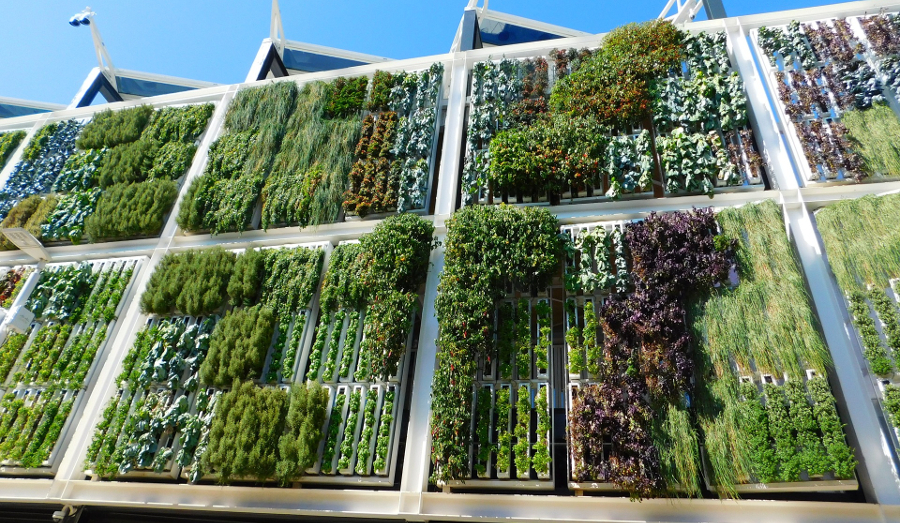In recent years gardening has become an increasingly popular topic, as Americans are more and more concerned about the quality of their food and where it comes from. Gardening to grow their own food is now less about necessity and more about ensuring that our food is free from chemicals and pesticides.
But many who would love to grow their own food find themselves living in small apartments or townhouses with nearly no available land. And while conventional container gardening is one approach to making do with little land, there’s another method that’s gaining in popularity and that could be more effective.
Two Methods of Vertical Gardening
Vertical gardening is growing in popularity as more and more people discover that instead of building out their gardens they can build up instead. By building their gardens vertically, gardeners discover that they can maximize the space available to them.
There are two primary methods of vertical gardening. The first is planting climbing or vining plants and training them to grow vertically. That means that plants such as beans, squash, or cucumbers are trained to grow vertically onto a trellis, fence, wall, or other type of vertical structure. The second method is to stack planting containers vertically to make use of as much vertical space as possible. That includes hanging plants from ceilings or building racks to hold rows and rows of planters.
Benefits of Vertical Gardening
Vertical gardening has numerous benefits that can help gardeners. Among them are:
1. Saves Space
This is the obvious primary benefit. Some people are able to grow hundreds of pounds of produce in relatively small spaces. If you have a tiny garden area but want to grow many different types of herbs and vegetables, vertical gardening may be your best bet.
2. Easier Pruning, Maintenance, and Harvest
Because your crops are growing vertically, maintaining them by removing dead leaves, pruning suckers, and harvesting ripe vegetables is much easier since they’ll be closer to eye level. That saves your back and knees the effort of having to bend over or crouch down.
3. Increased Airflow
Growing vertically also allows greater airflow around leaves and stems. You won’t have to worry about leaves and stems being exposed to mud and dirt during rainstorms and potentially rotting.
4. Less Susceptible to Disease and Pests
That increased airflow will also help keep your plants from developing mildew. You also won’t have to worry about cuts to stems allowing soilborne diseases to infiltrate. And because your plants are elevated, removing pests such as caterpillars, aphids, and mites will be much easier.
So if you’re currently living in a small footprint but want to start growing your own food, give vertical gardening a try.
This article was originally posted on Red Tea News.





